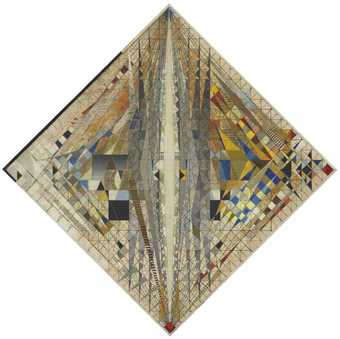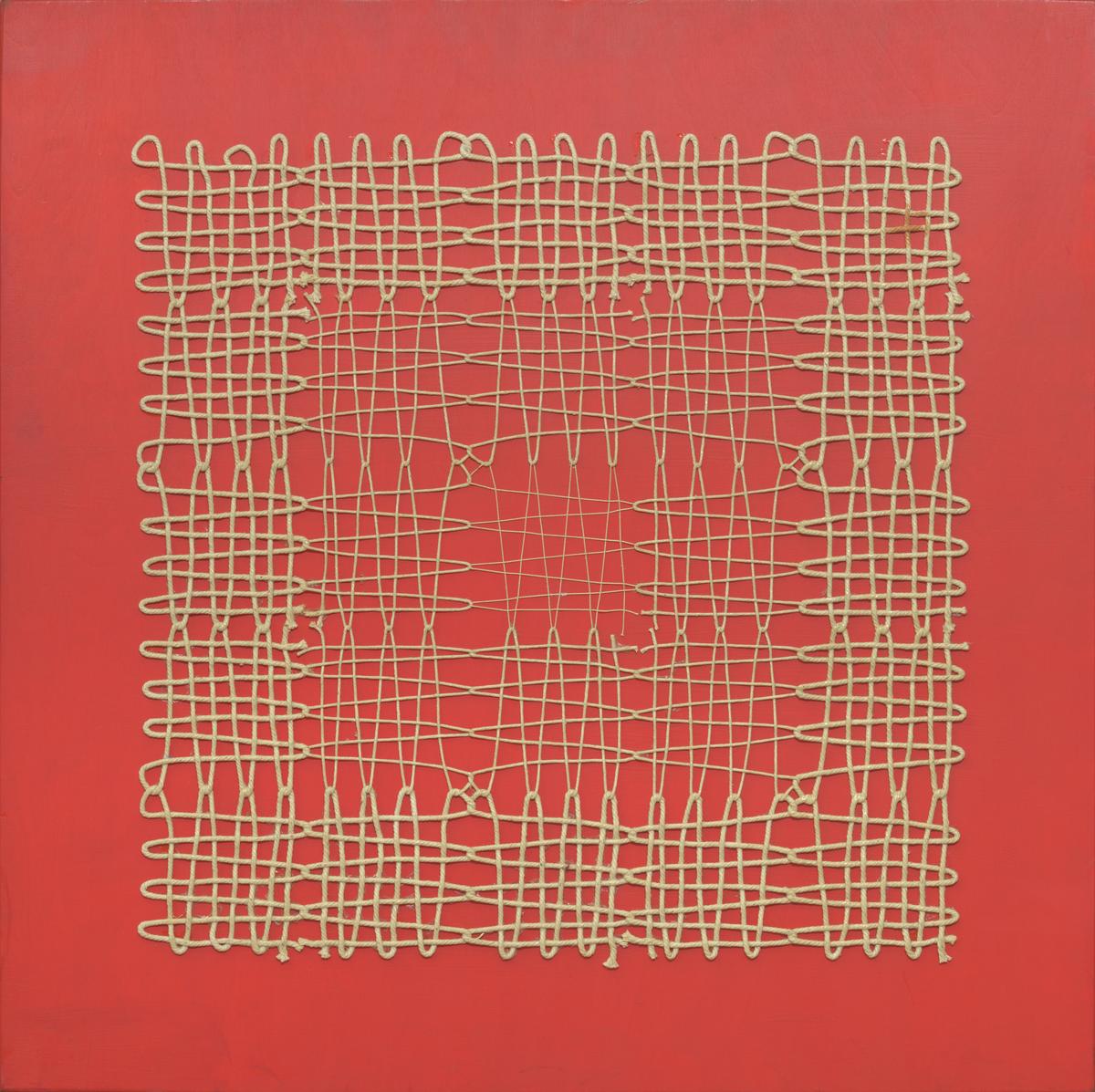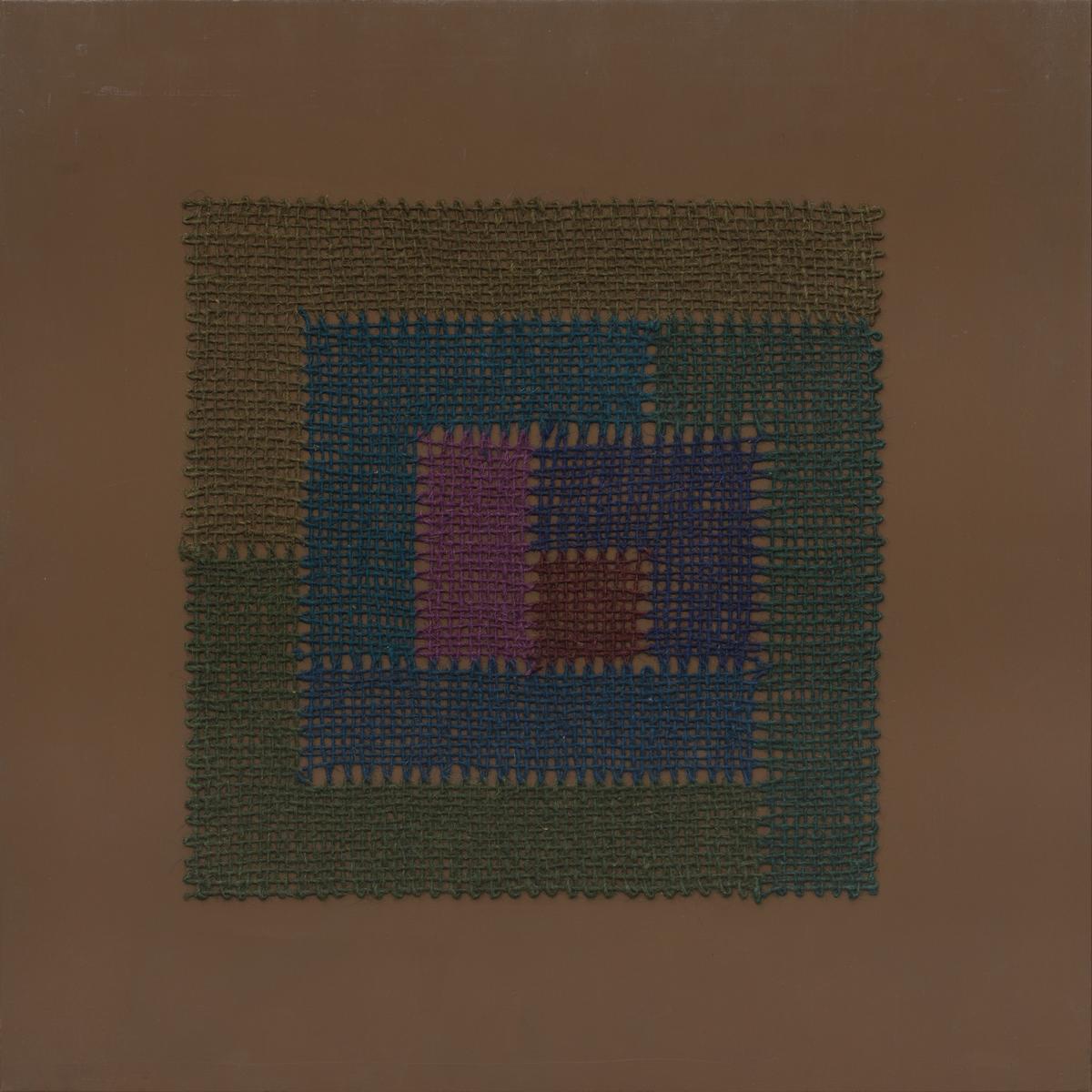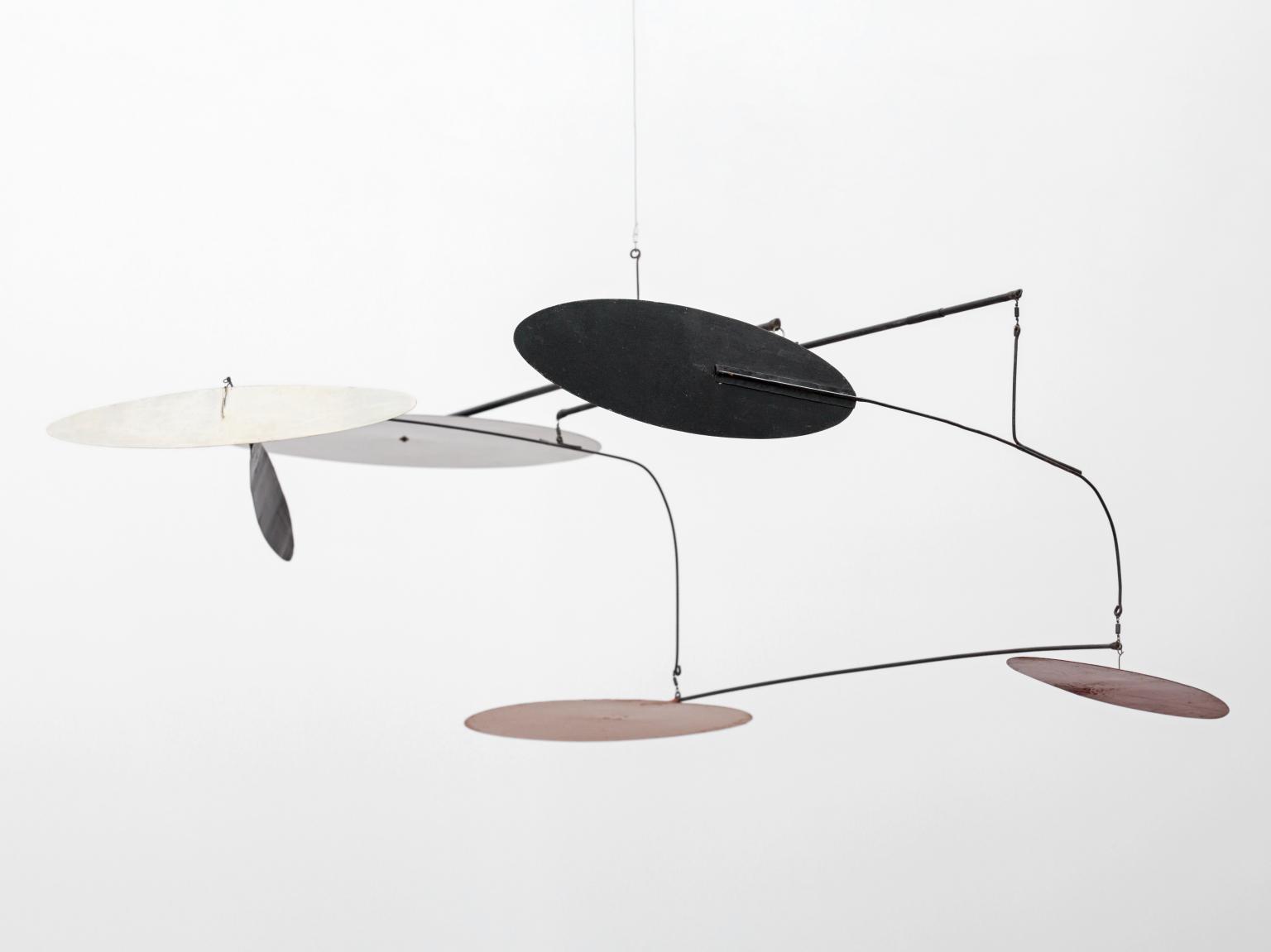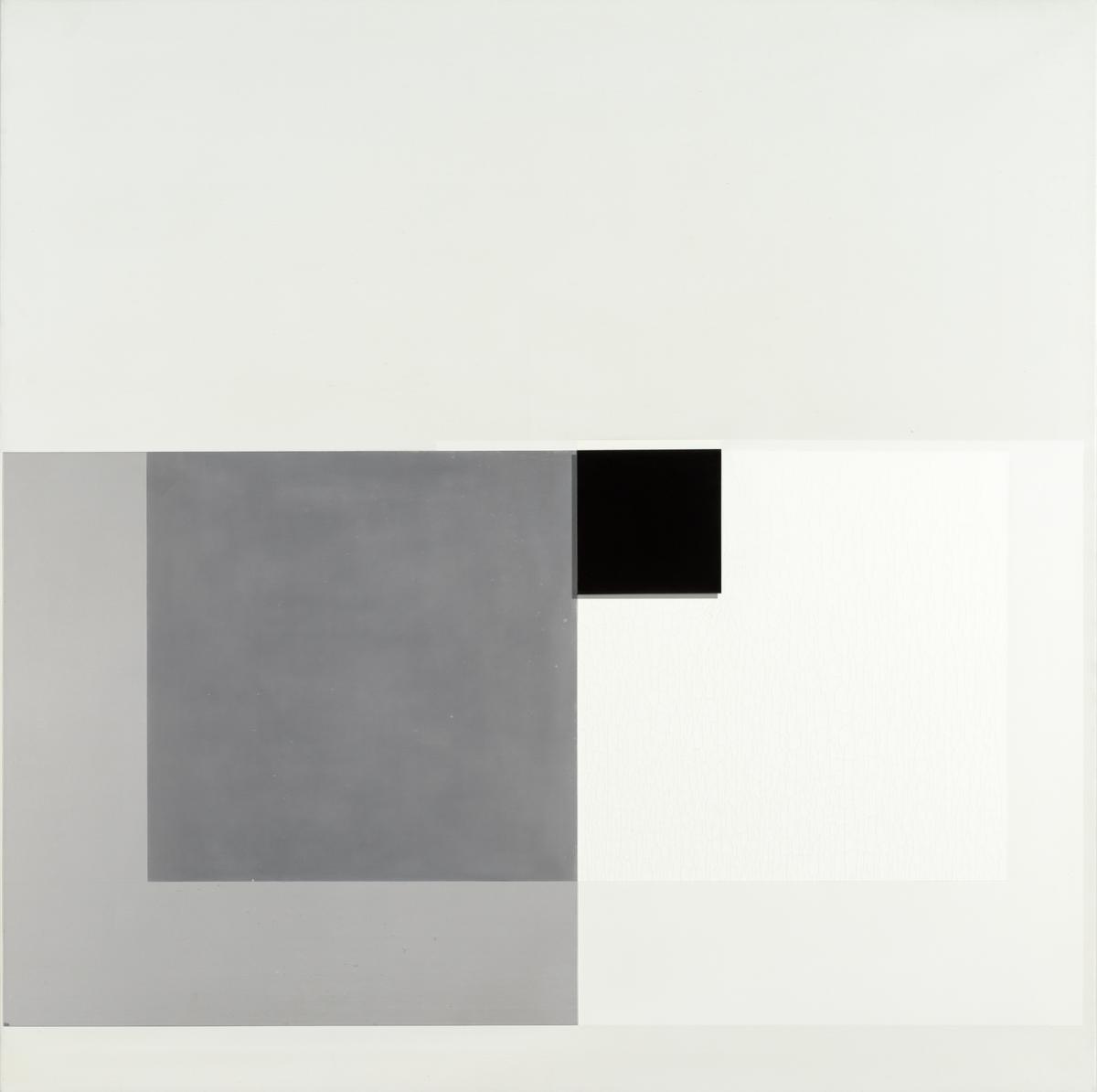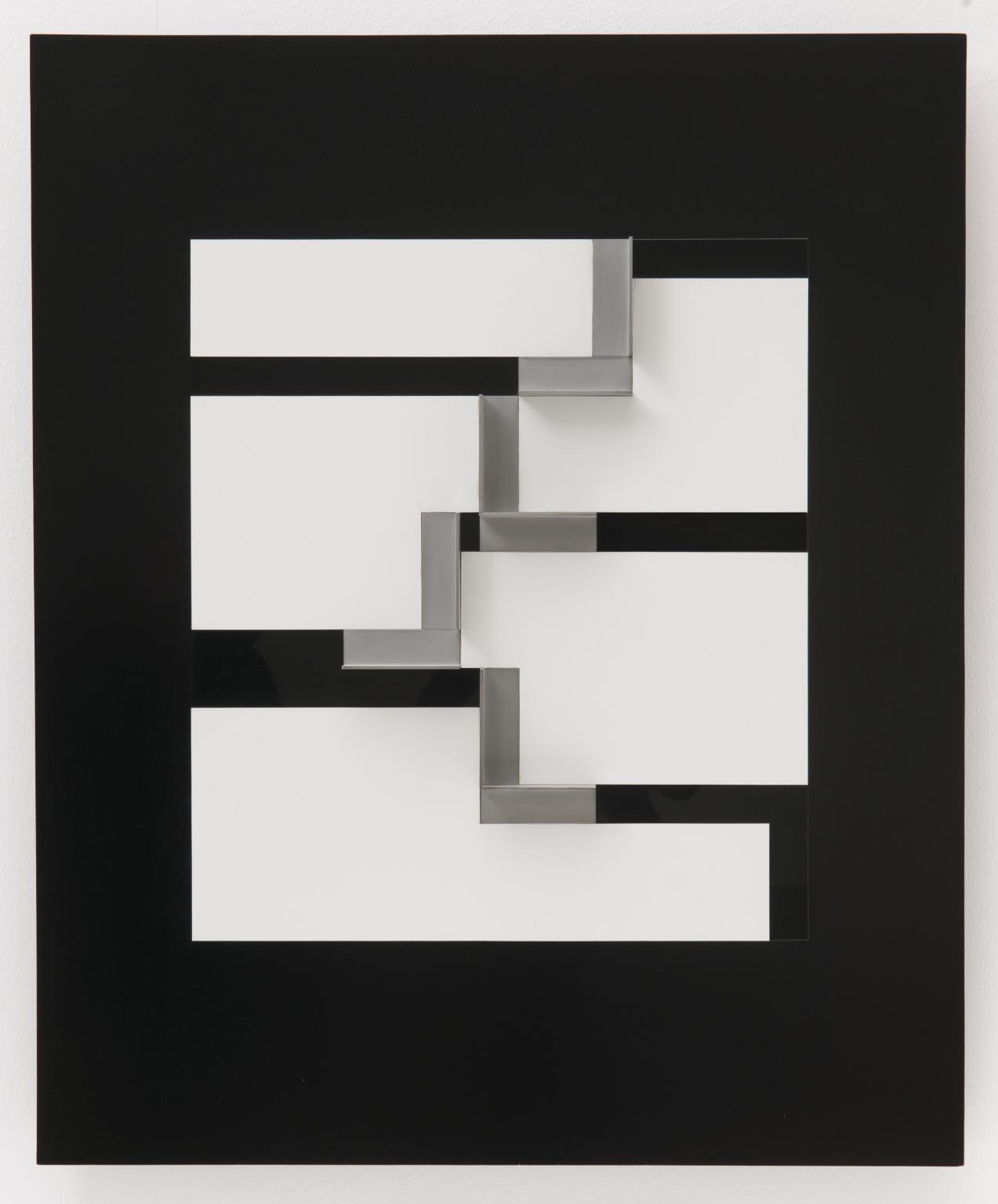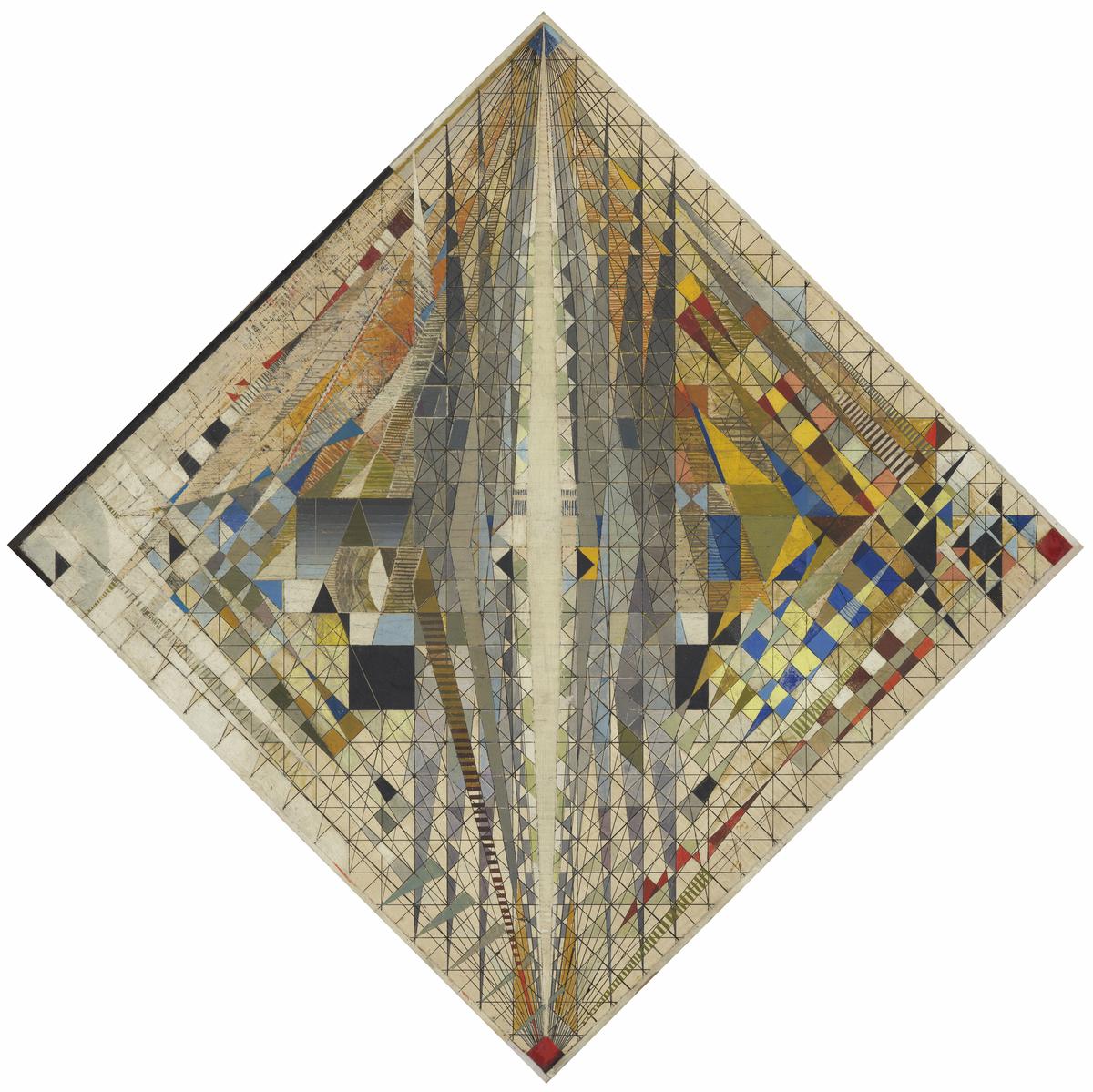19 rooms in Walk Through British Art
Artists believe that art has a role to play in re-establishing hope and rebuild society after the Second World War
Art in this room
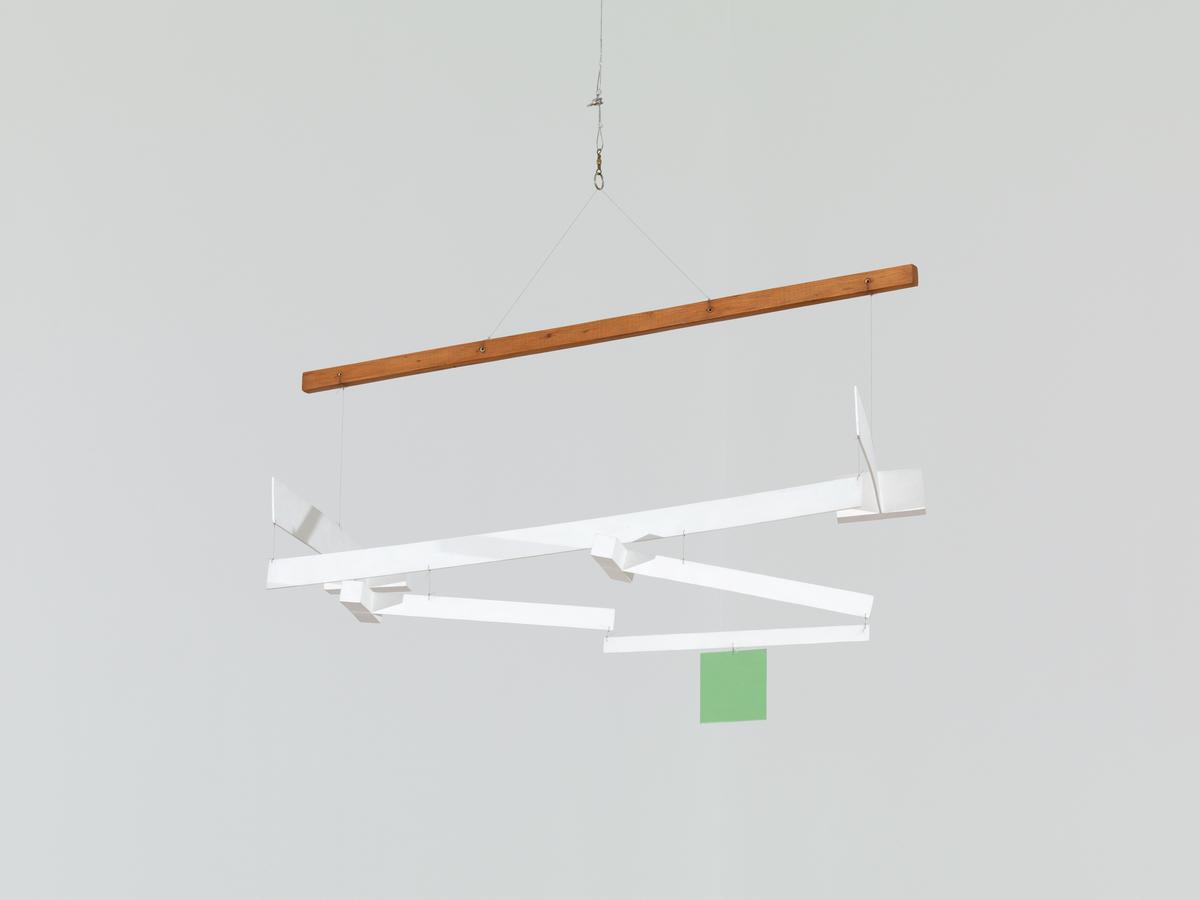
Kenneth Martin
Linkage
1955
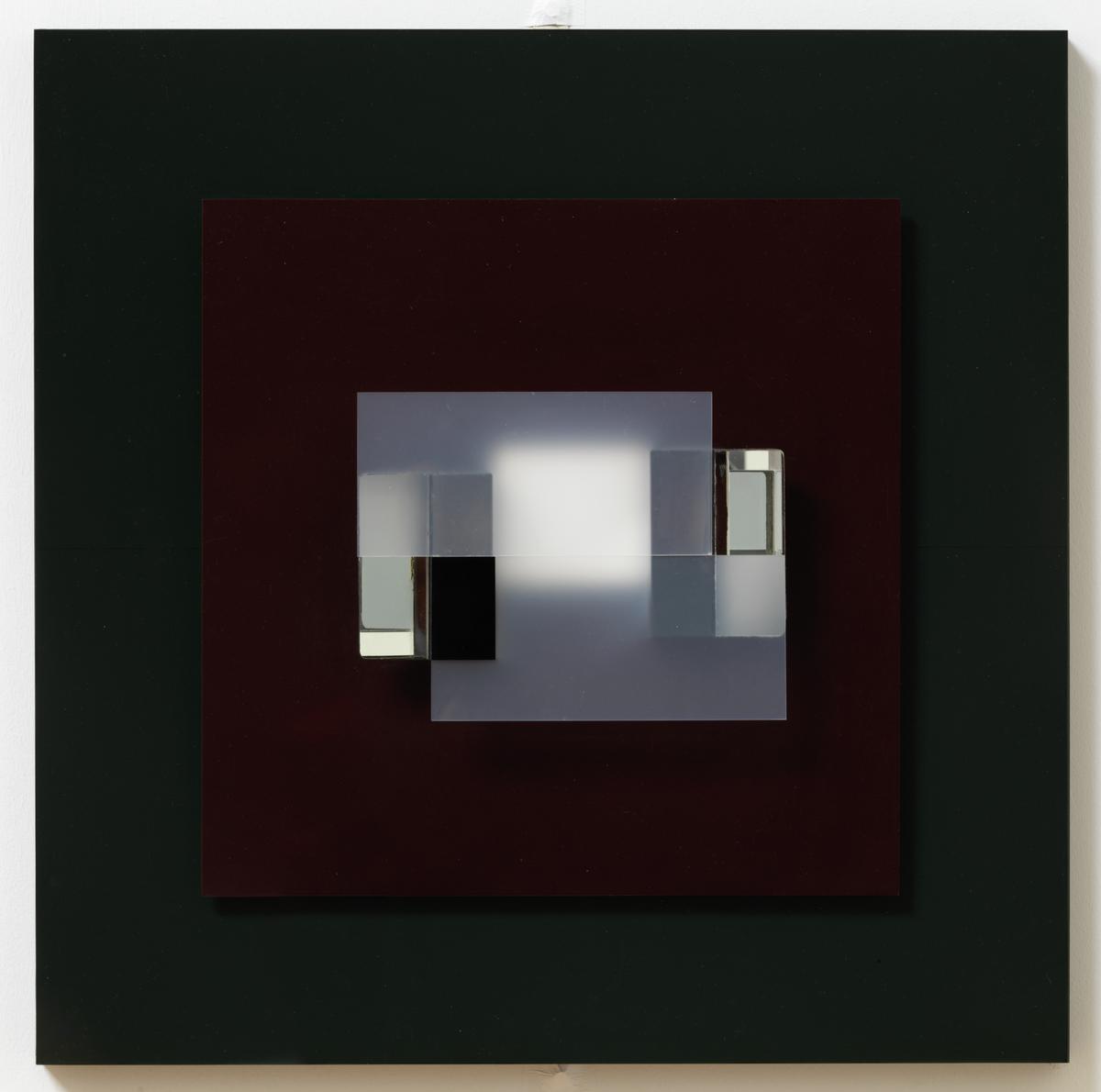
Gillian Wise
Brown, Black and White Relief with Prisms
1962
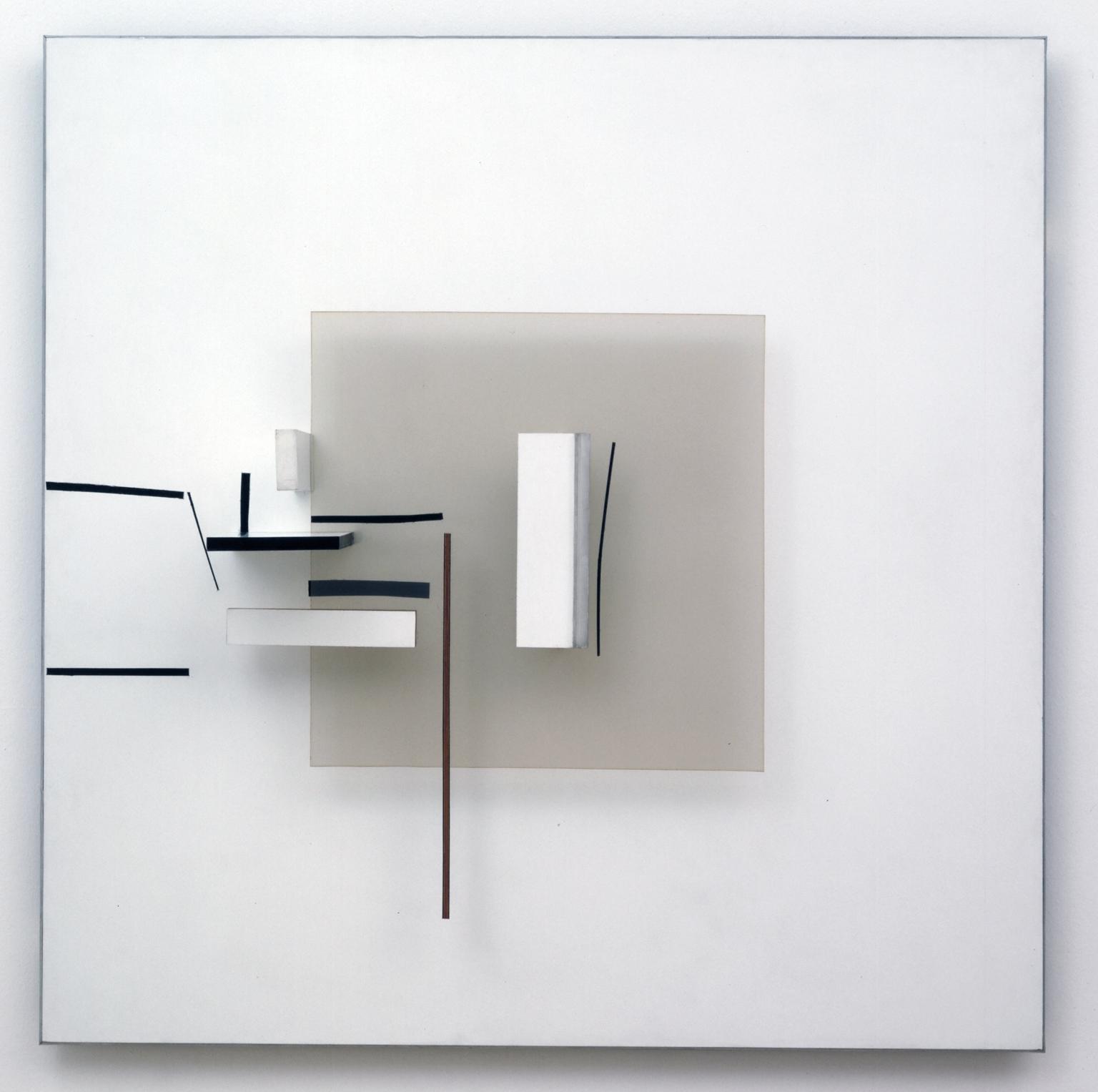
Victor Pasmore
Synthetic Construction (White and Black)
1965–6
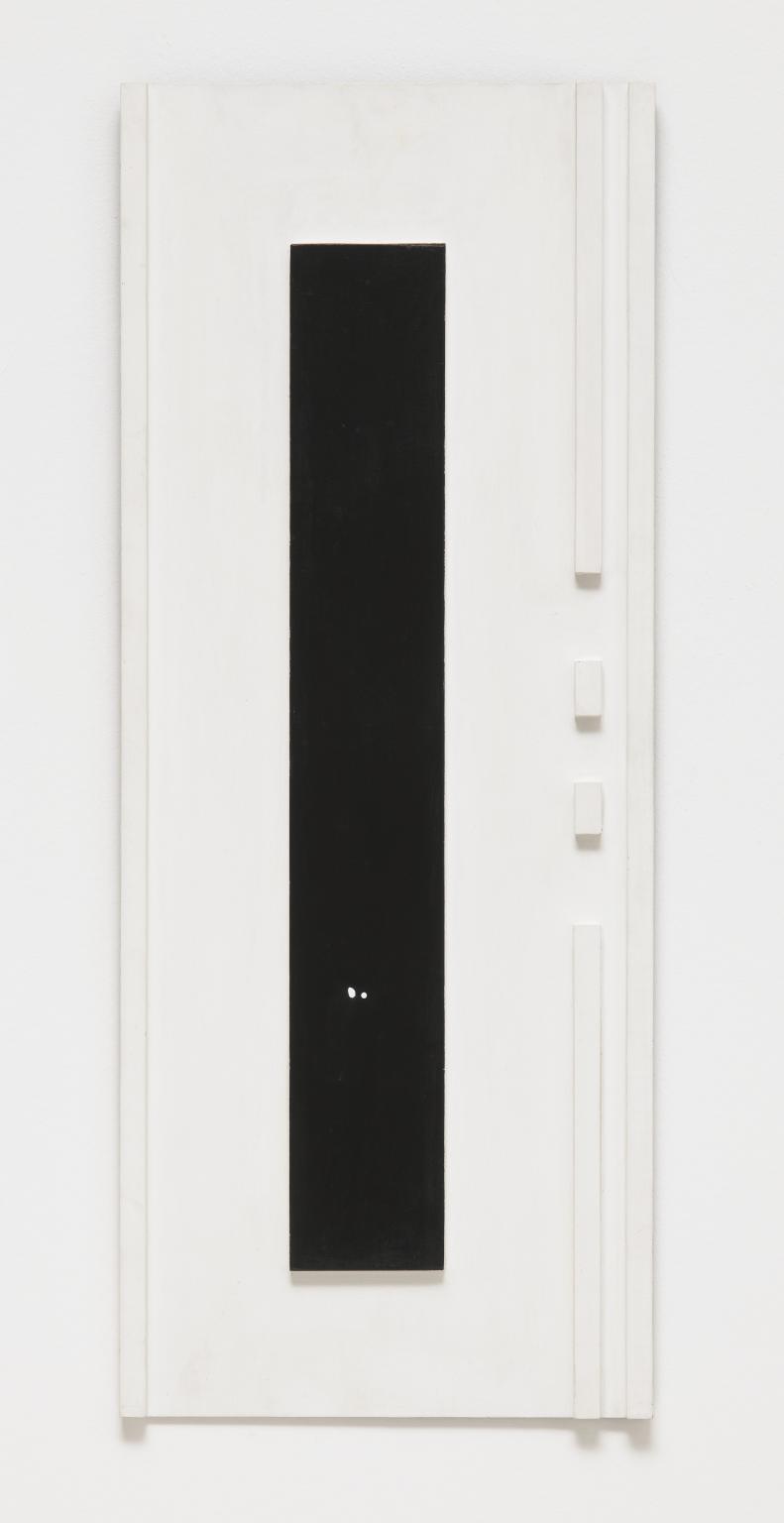
Li Yuan-chia
B N=0
1965
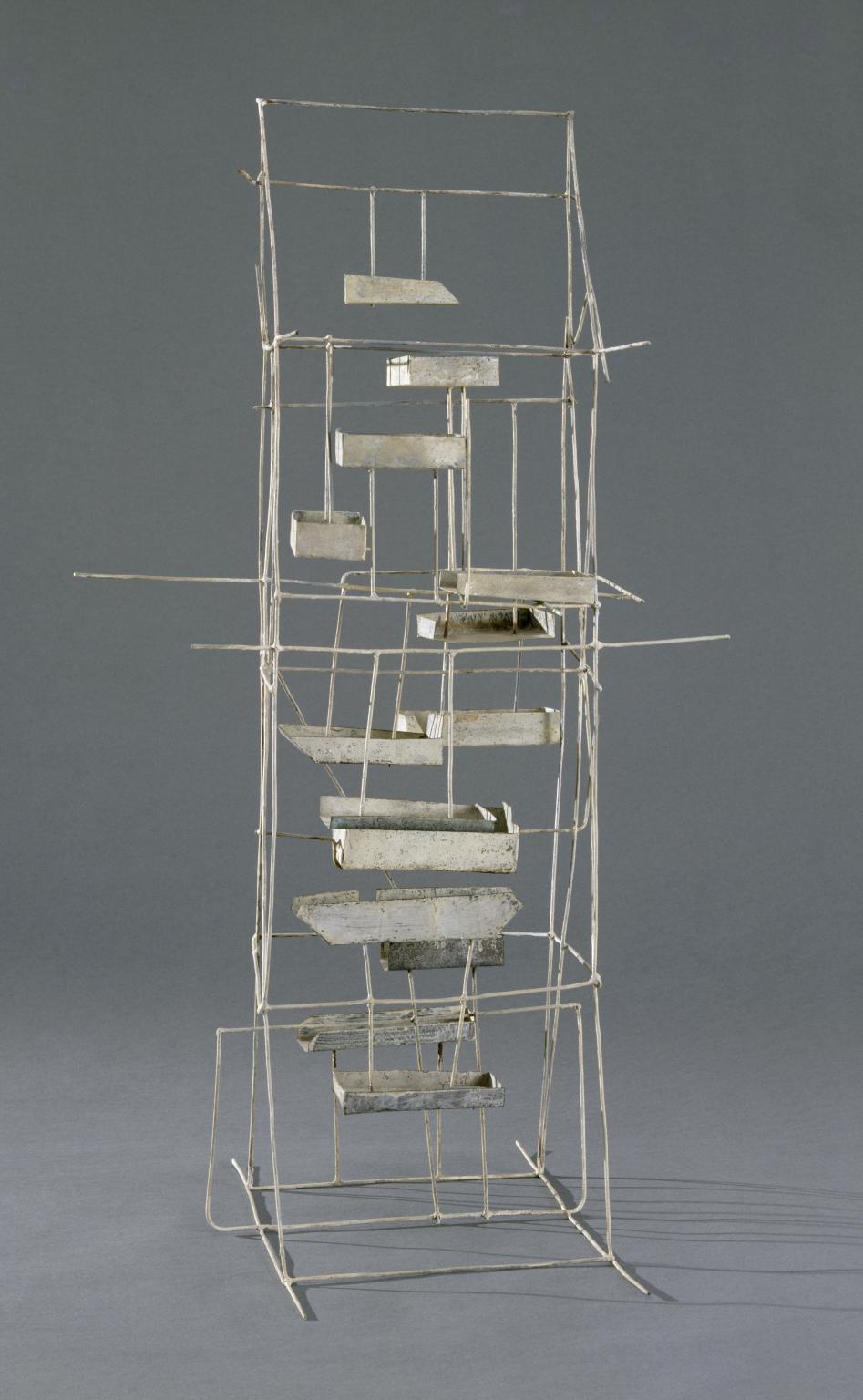
Sir Eduardo Paolozzi
Fountain
1951–2

Vera Spencer
Artist versus Machine
c.1954
You've viewed 6/13 artworks
You've viewed 13/13 artworks

